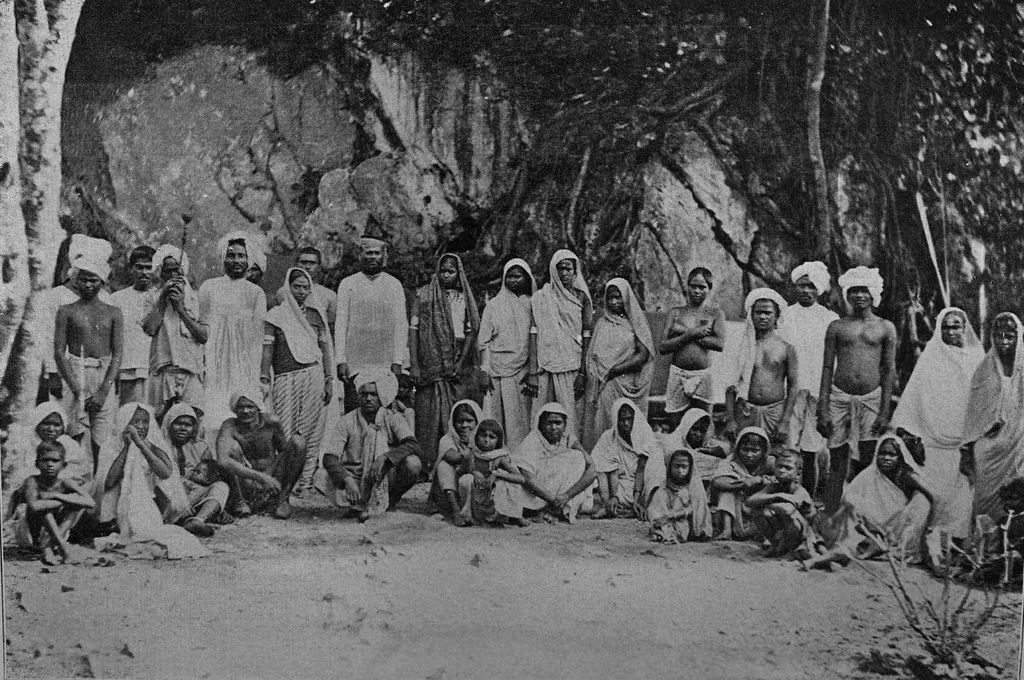Indentured Labor: History, Origins, and Impact
Origins and Historical Context of New Form of Slavery
Indentured labor was a system of bonded labor that emerged prominently in the 17th to 19th centuries, involving contractual work agreements between employers and labourers. These contracts, called indentures, bound workers to serve a particular employer for a fixed number of years (usually 5 to 7), in exchange for passage, shelter, or wages. Though distinct from slavery, indenture was often exploitative and gave rise to a global labor system that profoundly shaped societies across Europe, the Americas, Africa.
Origins and Historical Context
The indenture system first became prominent in the early 1600s during European colonial expansion, especially in British and Dutch colonies. It was initially used to populate the American colonies with cheap European labor. Poor Europeans, mostly from Britain and Ireland, agreed to become indentured servants to escape poverty and pursue opportunities in the New World. By the mid-17th century, tens of thousands of such workers had arrived in North America and the Caribbean.
Following the abolition of slavery in the British Empire in 1834, indenture expanded massively to meet the demand for plantation labor. British colonies such as Mauritius, British Guiana (now Guyana), Trinidad, Fiji, and South Africa began importing indentured laborers from India. Between 1838 and 1917, over 1.5 million Indians were sent to work under harsh conditions in sugar, tea, and rubber plantations.
China also became a major source of indentured labor, with large numbers of Chinese workers shipped to Cuba, Peru, and the Caribbean during the 19th century, often under misleading contracts or through coercion. Africans too were indentured in various regions after the decline of the transatlantic slave trade.
Why Indenture Was Used
Indenture served as a compromise between slavery and free labor. For colonial powers, it provided a cheap, controllable labor force. For employers, especially in plantation economies devastated by the abolition of slavery, indentured labor was an economical solution to workforce shortages. Workers, on the other hand, often entered indenture out of desperation, lured by promises of better lives, land ownership, or wages—promises that were rarely fulfilled.
Recruitment was often deceptive. In India, recruiters called arkatis misled villagers with false offers. Many indentured workers were illiterate and unaware of the conditions they would face—disease, racism, poor housing, physical abuse, and cultural isolation were common.
Who Benefited?
The primary beneficiaries were colonial plantation owners, European trading companies, and colonial governments. These entities gained access to low-cost, reliable labor that boosted profits from commodities like sugar, cotton, and tea. The system also benefited shipping companies, which profited from transporting laborers across continents.
Some indentured workers managed to gain freedom, land, or modest wealth after completing their contracts. Many, however, remained trapped in cycles of poverty. Over time, descendants of indentured laborers built vibrant communities in places like Trinidad, Fiji, Guyana, and South Africa, contributing significantly to local culture and politics.
Conclusion
Though indenture was often framed as a voluntary agreement, in practice it was exploitative and, in many ways, a form of modern slavery. It fueled global migration, reshaped labor markets, and laid the foundation for complex multi-ethnic societies in many former colonies. Understanding the history of indenture helps us see how labor, race, and empire intersected in shaping the modern world.
Photograph of indentured Indian labourers at Spring Garden Buildings. Jamaica, 1880. Catalogue reference: CO 137/497/29 folio 519 (National Archives)



